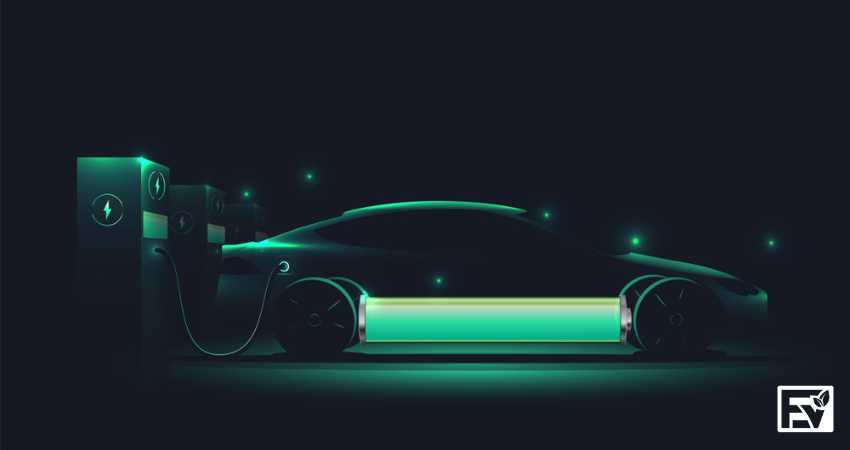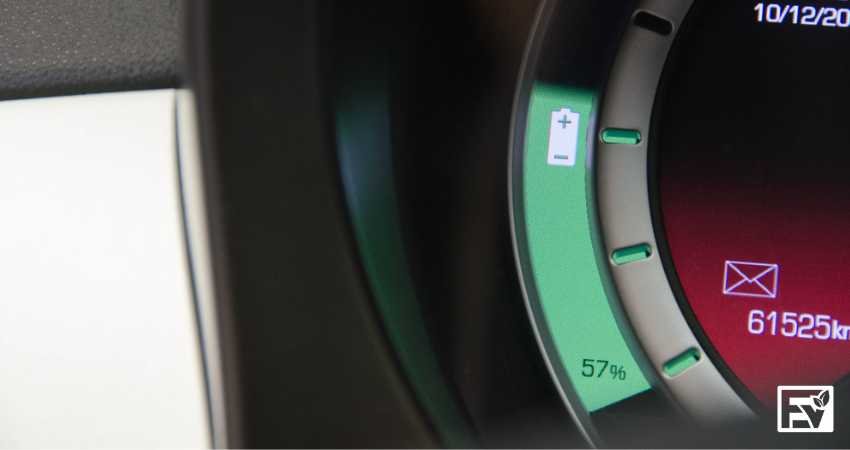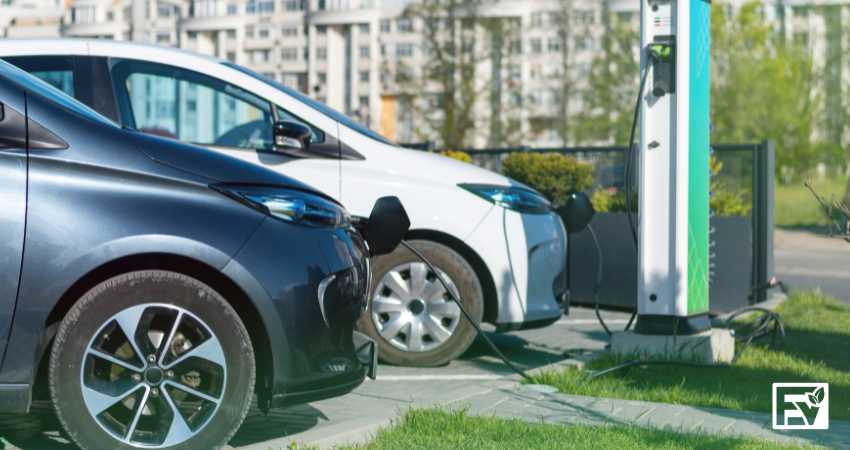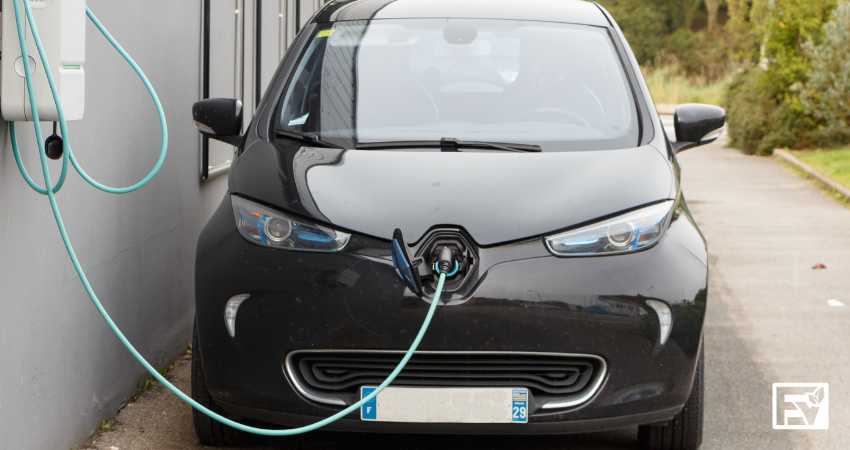Perhaps the sizable charging time required is why electric cars have not taken off yet. It is an issue haunting the success of electric vehicles in general, but what exacerbates it is when your electric car does not meet the “face value” of the required charging time. Though no serious cause can do it unless the vehicle is old, this lag is enough to give a headache.
Your electric car is charging slowly because of a couple of reasons: too hot or cold ambiance, bad battery, electrical and electronic loads in use, software issues, inability to support faster-charging rates, almost full battery, busy charging plaza, unsupportive station, or limited amps, to be precise.
Why Is My Electric Car Charging Slowly?
1. The Battery Management System Controls the Temperature

The Battery management system (BMS) in electric cars can regulate the battery’s temperature while plugged in to avoid getting it too hot, slowing the charging rate. Batteries are safe to charge and result in an optimal lifespan if they have the perfect temperature. If the temperature increases rapidly, say you have plugged your electric car into a freezing environment, the BMS will automatically slow down the charging speed. Faster charging can generate warmth, changing the battery temperature abruptly, which can be bad for its health. Similarly, to save the battery from cracks, the BMS lowers the charging speed when the temperature outside is too hot.
2. The Battery Is Being Used

When different systems in an electric car are in use, the battery does not charge at the average speed. Batteries have a hard time replenishing themselves when they have got to drain simultaneously. If any load (headlights, air conditioner, or the infotainment system, etc.) runs when your electric car is plugged in, this is what happens, exactly. If the ambiance is hot, this factor can also slow the charging process since the battery cooling system will also need some energy. Furthermore, the dash display might show you the expected time, but it will be longer.
3. The Battery Is Not Well
Batteries can deteriorate for several reasons over time and lose their charging speed. As lithium ions move in and out of the electrodes, structural disorders show up. This eventually leads to diminished battery life, and the charging time increases.
4. It Is the Update Issue

Sometimes, problems with the software update can lead to slow charging in electric cars. Though most software updates can significantly increase the charging speed, the opposite might occasionally occur due to some faults in designing the update and making it compatible with the car’s hardware. Moreover, unfortunately, downgrading the software to the previous version might also not be possible in some cases. The users generally have to deal with the problem until the new software update nullifies the issue.
5. The Electric Car Does Not Accept Faster Rates
The charging speed depends on how much power an electric car can accept. Some electric cars, unfortunately, do not support faster rates of charging. No matter how far you go in the levels of charging, your car might not accept those. This mainly occurs in older models with smaller batteries with lesser charging rates and fewer miles of range. The 2011 Nissan Leaf, for instance, could not go beyond 3.3 kilowatt-hours of charging speed, and it also provided only a paltry 72 miles range. However, up to 10 kilowatt-hours has become a normal charging range for most electric vehicles.
6. The Battery Might Be 80 Percent Full
As a rule, if your car is connected to a fast-charging station, it will slow down the charging rate after getting 80 percent replenished. This is a specially designed mechanism to avoid battery damage. When a battery is charged rapidly, it produces heat which eventually causes stress. If these stresses increase, they can impair the battery’s capacity to hold charges, thus speeding up degradation. You might face this issue without knowing it is for your electric car’s own good.
7. The Charging Plaza Has Reached Its Full Capacity
If all charging stations in a plaza are busy, the load management mechanism will be compelled to deliver lower-than-potential power. Charging plazas are designed to distribute the power available to all stations equally. This way, it handles all customers without favoring one over the other. Eventually, if there is too much demand, you will have to connect your vehicle longer to get to the desired charging levels.
8. The Charging Station Is Old

Remember old electric cars that cannot handle fast charging? Well, old charging stations cannot either. Those charging stations, unfortunately, do not throw power beyond 50 kilowatts. Connecting your relatively newer electric car to those can be surprising since they will not charge at the “new normal” speed. Nevertheless, the new generation of charging stations is far faster and matches the contemporary EV requirements.
9. Your Home Does Not Get Enough Amperes

The service panel installed in your home might not exceed 100 amps supply. Though the grid powering your home and your service panel will provide you enough volts, i.e., up to 240, they will not make the wattage enough if the amperage lags. Power is simply the product of volts and amperes. If any of these is short of the rated power supply of your EV charger, you can expect your car’s battery to replenish slowly.
How to Charge My Electric Car Faster?
- Upgrade the charger level. If you use the level 1 charger, move on to level 2. The former type can pump only up to 4 miles in an hour into your electric car’s battery. Conversely, the latter is 3 to 5 times faster: it can inject up to 35 miles in an hour. A plus point—these chargers are readily available and do not need any infrastructure upgrade in your home.
- Park your car in a mild temperature zone before charging it. As discussed above, harsh weather, whether severe cold or warm, can impact the charging speeds. Just fix a place in your home where you can maintain the temperature and charge your vehicle only there.
- Consider warming up the batteries before fast charging. Doing so can help lower the charging time. You can plug in the level 1 charger before switching to the next level. However, note that if you use a level 2 charger, such pre-warming might not make any difference.
How Much Does Faster Charging Cost?

Faster charging (level 2 and beyond) consumes more electricity units than level 1 charging, so that they can cost you more. The level 1 charger delivers only 2.4 kilowatt-hours at maximum and takes up to 43 hours to charge to add 250 miles. Level 2 has up to 19 kilowatt-hours and takes 11 hours, while level 3 throws up to 350 kilowatt-hours and takes just one hour to add the same range to an EV.
The final price bill will depend upon the electricity per unit cost in your area. However, as evident from the data above, despite a shorter time, levels 2 and 3 will consume far more units, shooting the charging cost. Using level 1 or coupling it with level 2 remains the most economical choice.
Concluding Remarks: Why Is My Electric Car Charging Slowly?
Electric cars charge slowly for many reasons, such as battery and software issues. However, sometimes, sophisticated EV systems might lower the charging rate on their own for the safety and endurance of the battery. If you are facing slow charging issues in your electric car, you can get rid of them by eliminating the root causes. You can also opt for smart moves, such as using an advanced-level charger.


